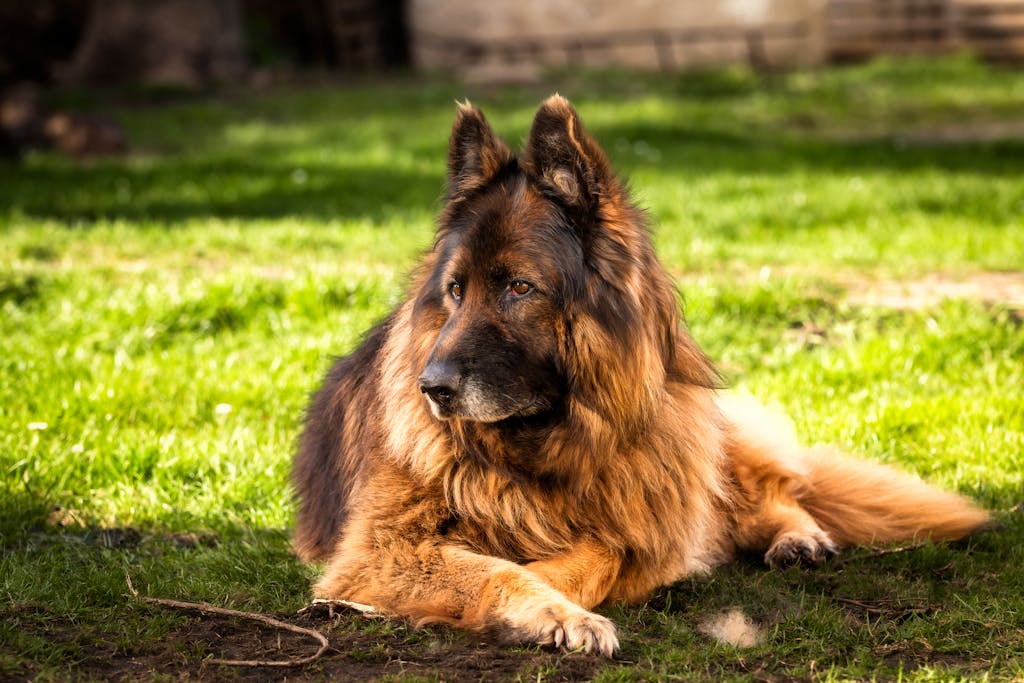
Transporting your dog from North America to England may seem daunting at first, but with careful planning and the appropriate strategies it can become a stress-free journey for both of you. Here are seven essential tips that will ensure both of you arrive comfortably and safely at their destination via pet shipping services.
1. Understand Legal Requirements
Before embarking on your journey, it is crucial that you familiarise yourself with UK pet travel regulations. All dogs entering England must satisfy specific criteria to avoid quarantine – this includes making sure your pup meets these specifications:
- An ISO standard microchip should be fitted, as well as valid rabies vaccination administered at least 21 days prior to travel and an Animal Health Certificate issued by a licensed veterinarian within 10 days of travel, along with tapeworm treatment administered between one and five days before arriving at destination.
- Failing to meet these requirements may result in your dog being denied entry or quarantined upon arrival.
2. Choose an Appropriate Travel Carrier
Finding an appropriate travel pet shipping services for your dog’s comfort and safety is vitally important. Ideally, their carrier should allow for ample room to stand, turn around, and lie down comfortably, as well as ventilation to prevent escape attempts and secure locking mechanisms to protect from escape attempts.
Acclimatize your dog to their carrier well in advance of travel date. Encouraging them to spend time inside gradually increasing the duration until they feel at ease and relaxed inside it.
3. Book a Pet-Friendly Airline or Ferry
Not all airlines and ferries cater to pet travel, so it is crucial that you select a carrier who specializes in accommodating them safely. Look for airlines with good reviews for safely transporting pets as well as offering climate-controlled cargo areas and clearly defined policies concerning pet travel.
If traveling by ferry, opt for one that permits pets in passenger areas or offers secure pet kennels. Booking well ahead will give you plenty of time to arrange all necessary arrangements and secure the best options for your furry friend.
4. Plan for Air or Ferry Travel
To prepare for air travel, consult your veterinarian about whether sedatives or anti-anxiety medicines might be beneficial to your pup. Also bring along something soft like blankets with scent from home that could soothe them during their journey.
Pack an essential travel bag for your pup that includes food, water, leash, waste bags and any necessary medications. Make sure that they have access to water throughout the journey to prevent dehydration.
5. Prepare to Arrive in England
On arrival, customs must be passed. Ensure all documentation is easily accessible, and note that specific points of entry in England allow pets. So plan your route accordingly!
Once through customs, give your pup some space to stretch its legs, relieve themselves, and hydrate before exploring pet-friendly transportation options from the airport or port to your final destination.
Travel can be extremely stressful for dogs, so it is essential that we provide comfort and reassurance during a trip. Be sure to keep their routine as consistent as possible with regular feeding and exercise schedules, bathroom breaks and providing enough places for resting space.
7. Visit a Vet Post-Arrival
After arriving in England, make an appointment to visit your veterinarian to ensure your pup stays healthy and to address any potential issues from travel. They may also provide insight into local pet regulations and tips on maintaining his/her wellbeing in its new environment.
Bottom Line
Moving a dog to England takes careful planning, but with these seven stress-free strategies you can ensure an easy and enjoyable journey for you and your furry friend. Understanding legal requirements, selecting an appropriate carrier like Pets to England, booking pet-friendly travel options, prepping for travel, planning for arrival and accommodating any special needs of your pup along with visiting a vet post arrival are all key steps that will allow both of you to embark on this new journey with confidence and ease.

